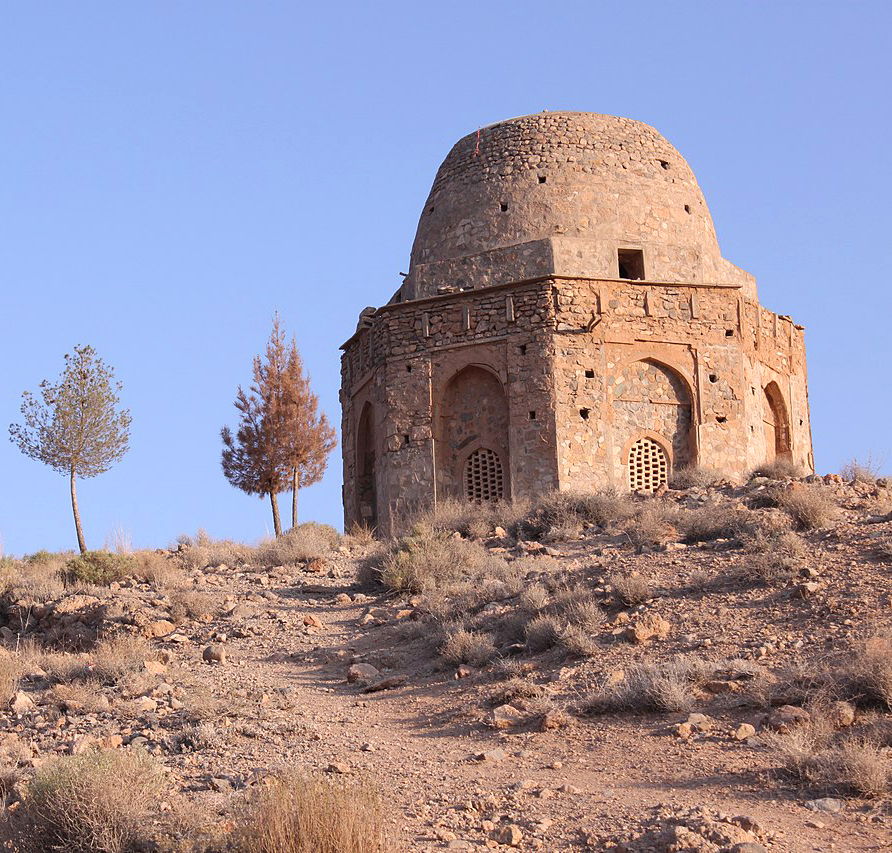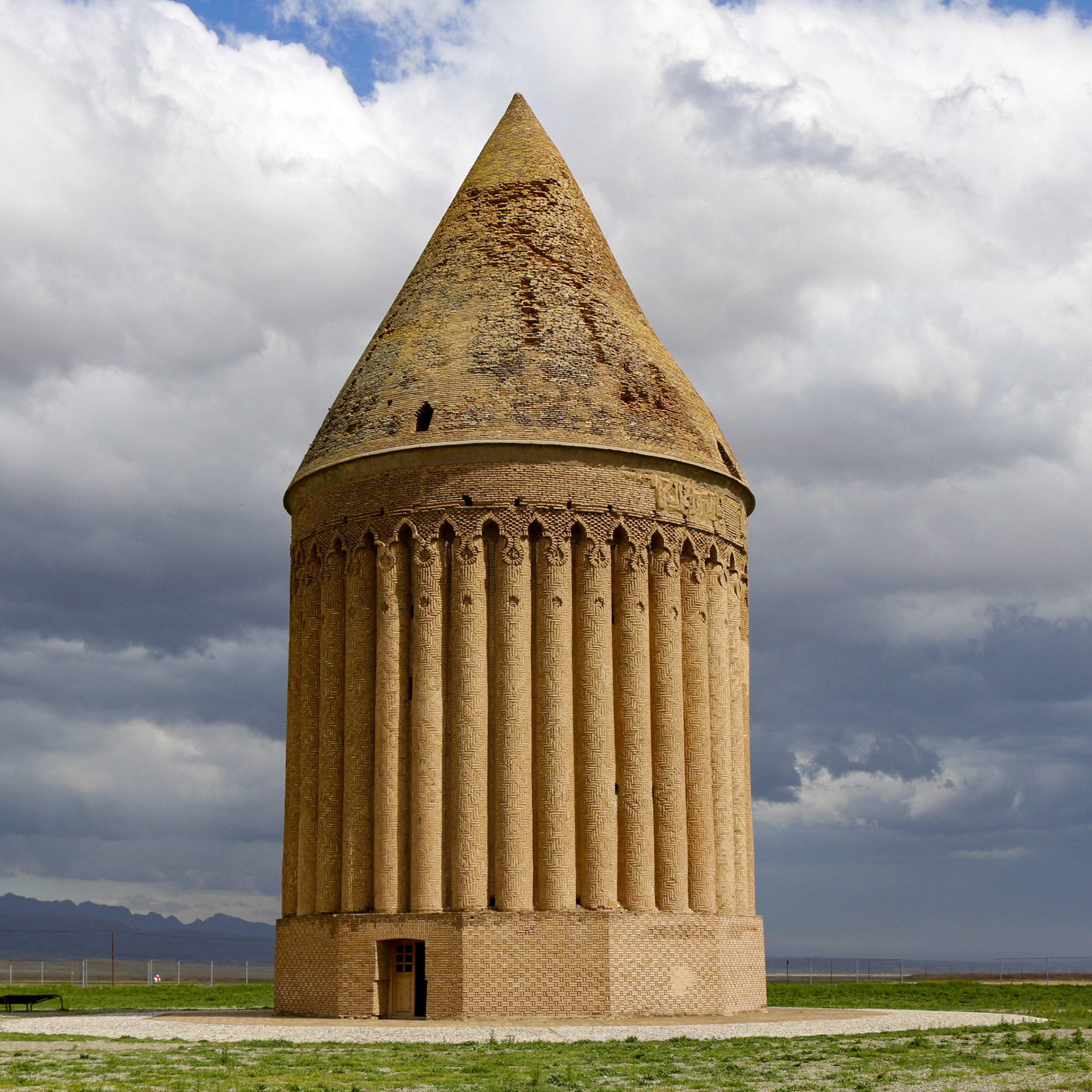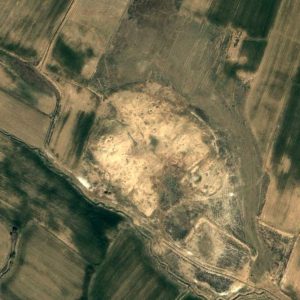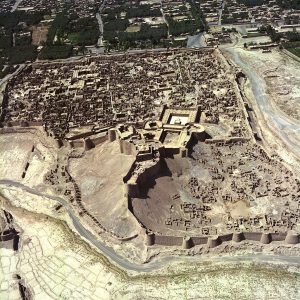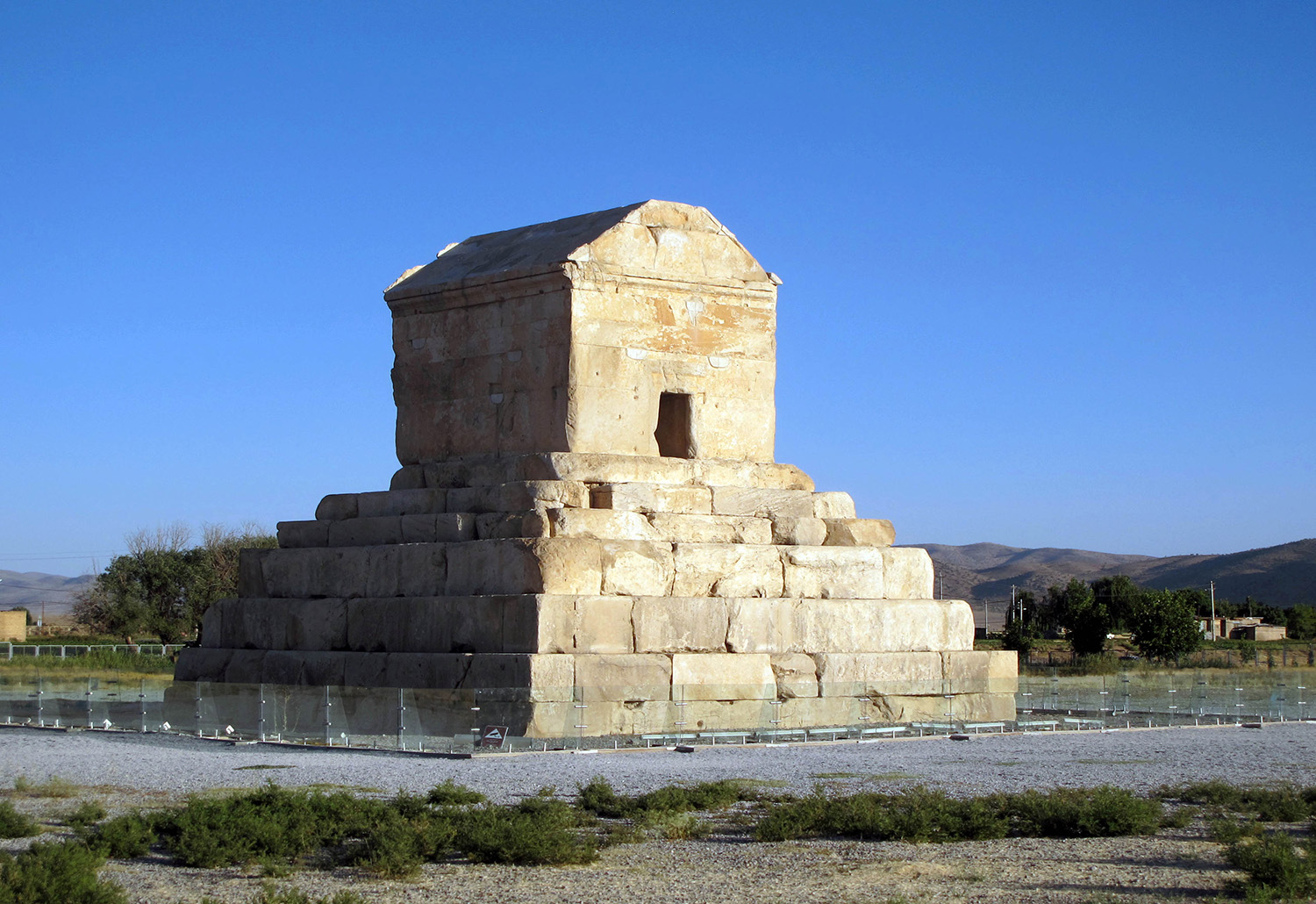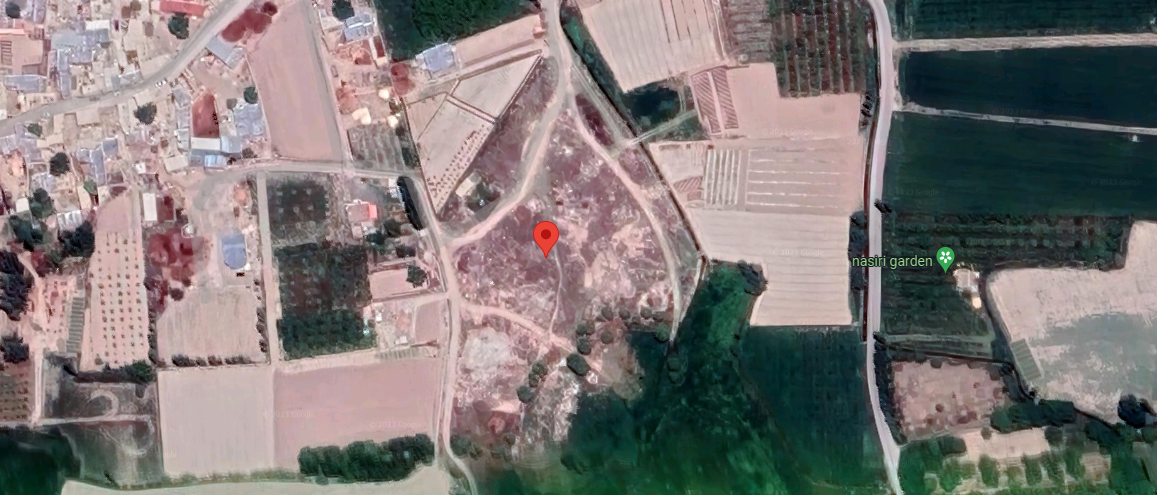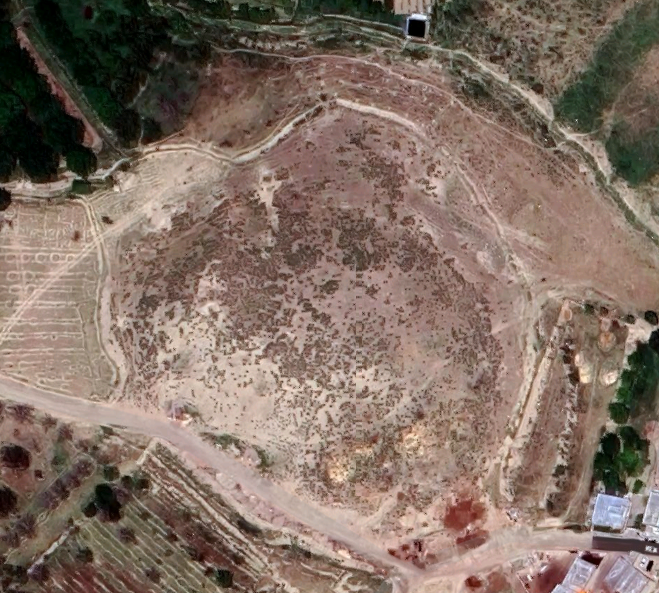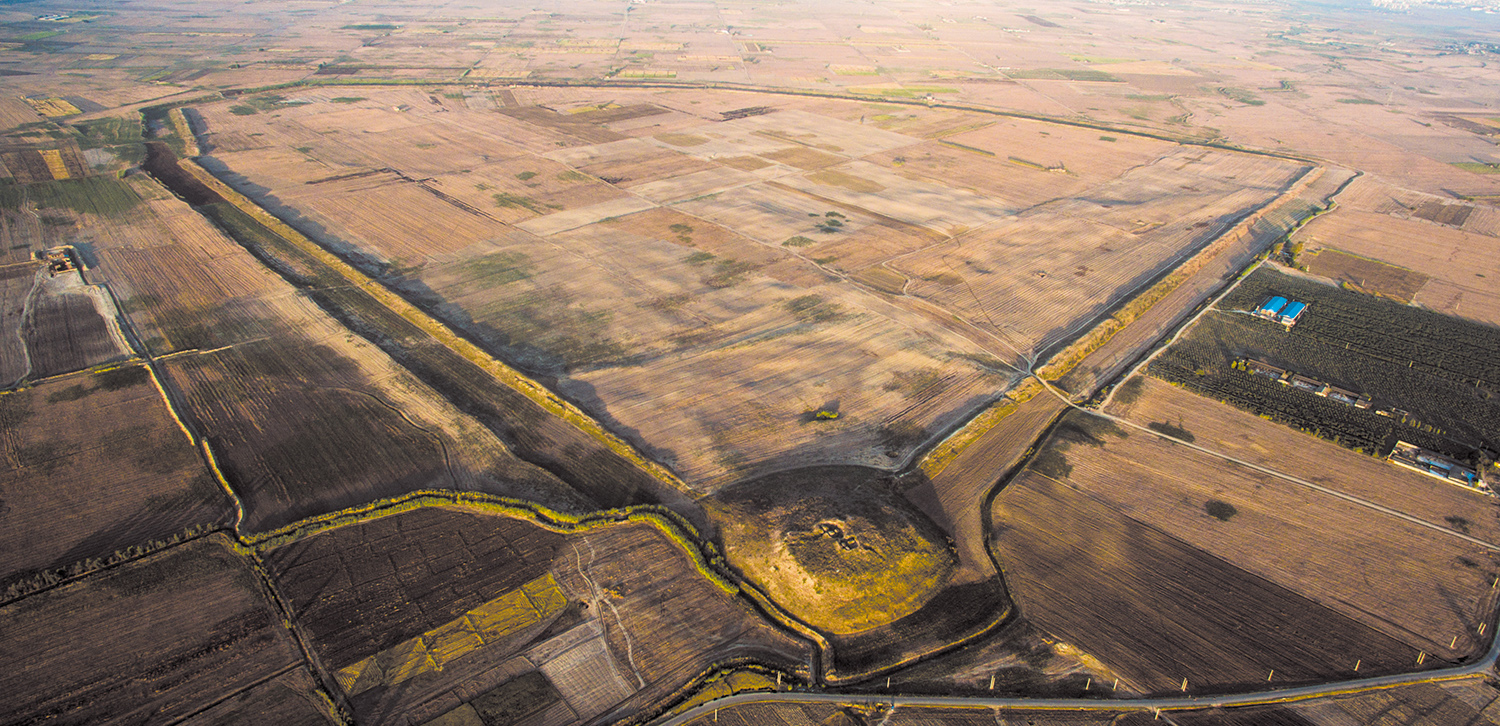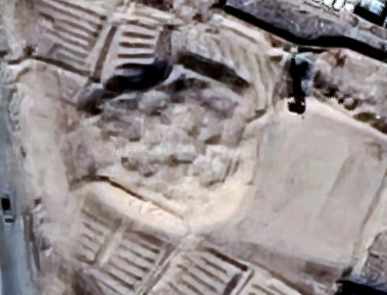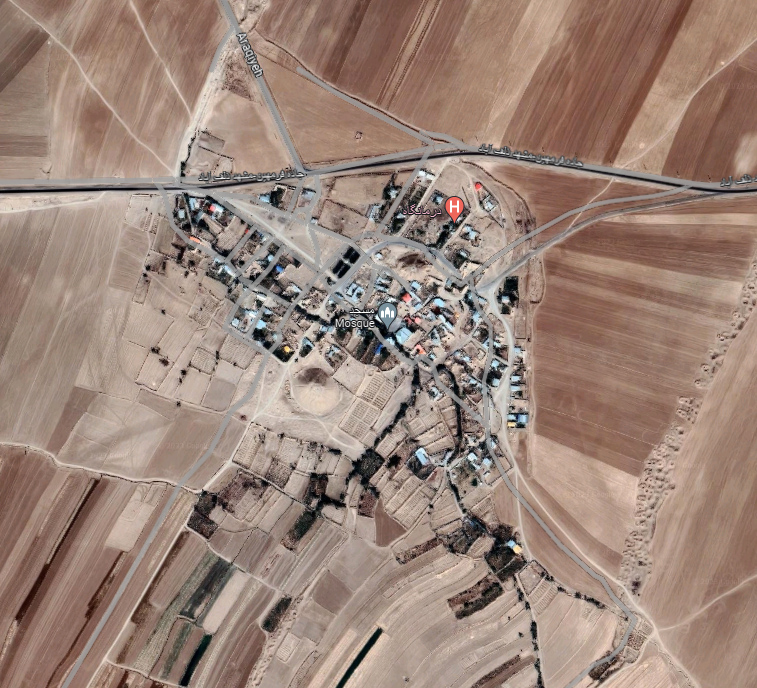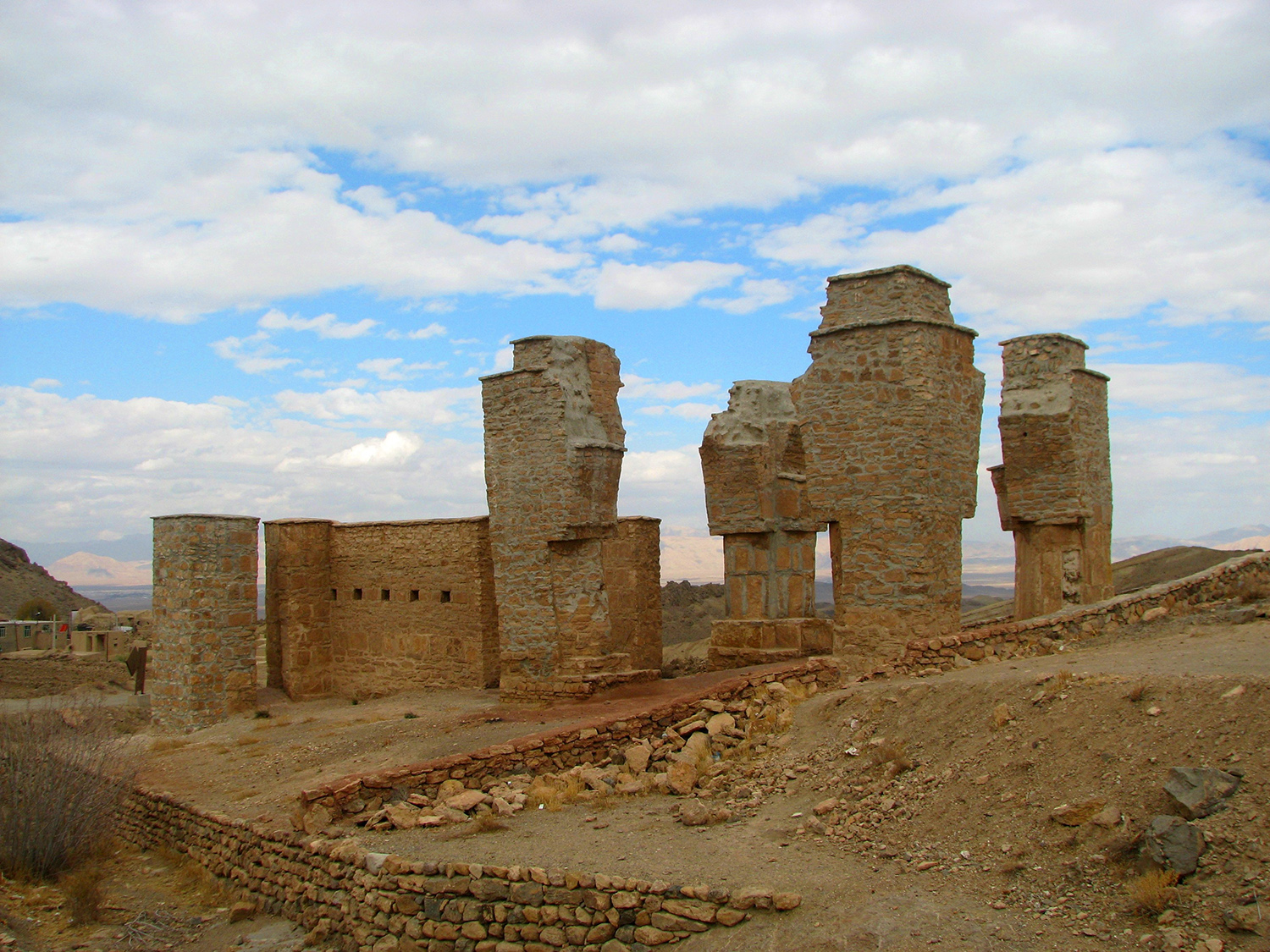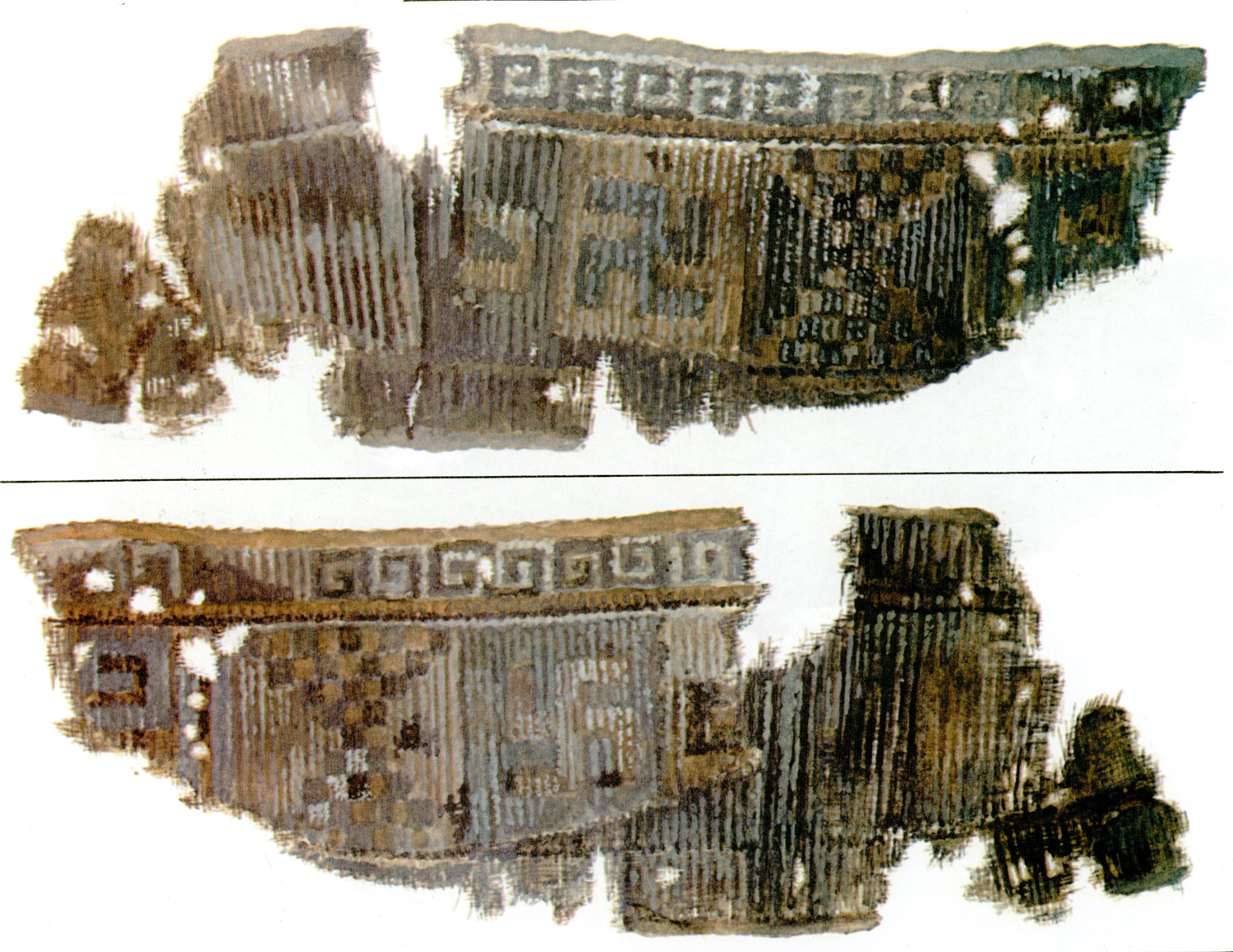Tepe Bālājūqتپه بالاجوق
Location: Situated north of Urmia, northwestern Iran, West Azerbaijan Province.
37°36’31.5″N 44°57’43.8″E
Map
Historical Period
Bronze Age, Iron Age, Islamic
History and description
Tepe Bālājūq is located 9 km northwest of the city of Urmia, in the vicinity of the village of Bālājūq-e Lōri. The site is an oval mound with a flat top, measuring 175 x 150 m with a height of 9 m above the surrounding area. Water is provided using an old channel coming from the upper reaches of the Ruzeh Chay River. A log channel provides water for the site. Blocks of stones can be seen on the mound's surface and on the southern slope where there are traces of stone foundations or terraces.
Archaeological Exploration
Tepe Bālājūq was discovered during an archaeological survey in northwestern Iran by an Italian team under the direction of Paolo Emilio Pecorella on behalf of the Institute of Mycenaean and Aegean-Anatolian Studies (now the Institute of the Ancient Mediterranean Studies), Italy’s National Research Council (CNR), in 1976.
Bibliography
Pecorella, P. E. and M. Salvini, Tra lo Zagros e l’Urmia. Ricerche Storiche ed Archologiche Nell’Azerbaigian Iraniano, Rome, 1984, p. 143.
Author: Ali Mousavi, April 27, 2023
Originally published: April 27, 2023
Last updated: September 19, 2024








